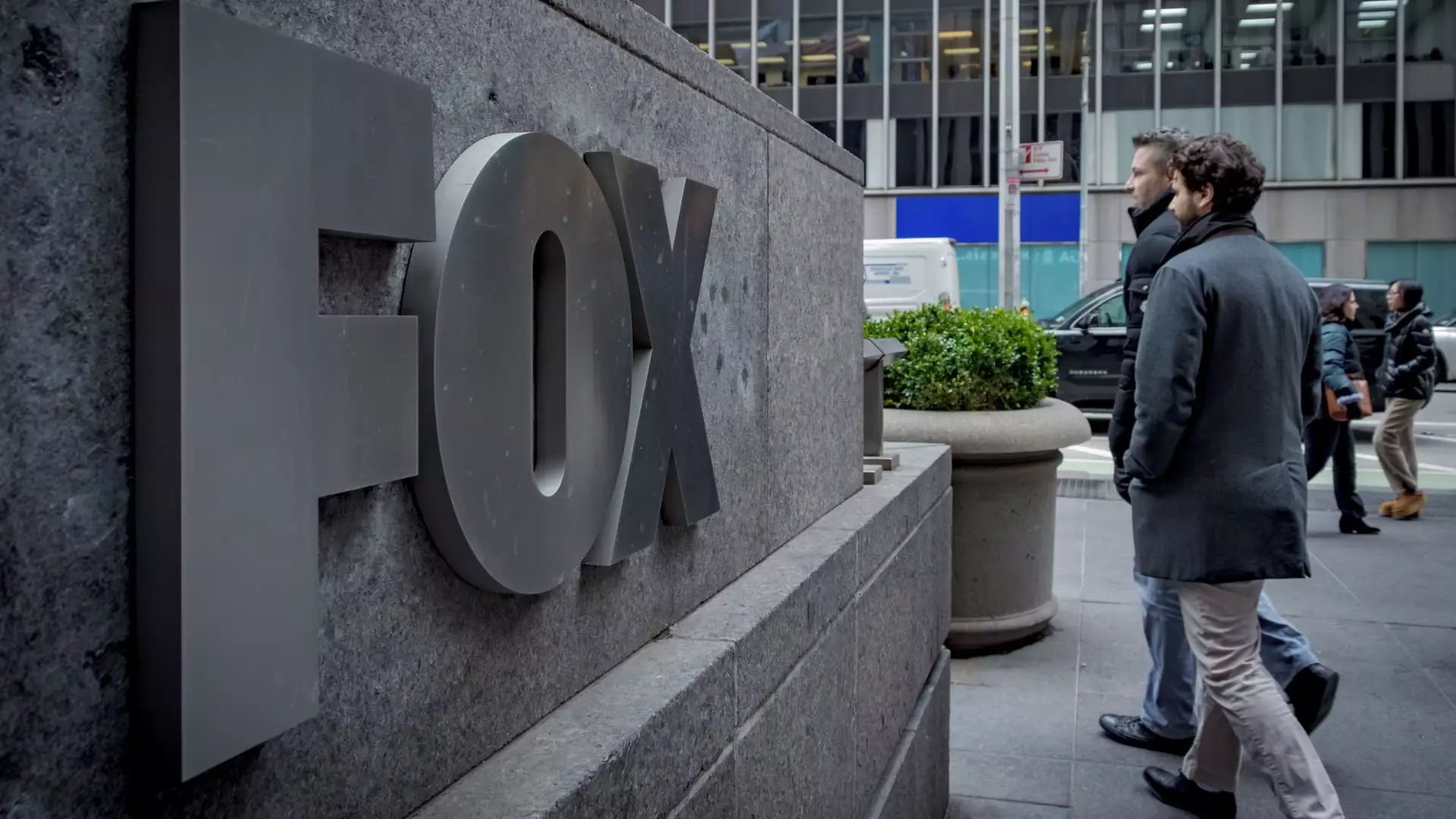Fox Corp.’s recent announcement of its new streaming service, Fox One, positions the company in a fierce battle against traditional cable TV and its growing competitors in the streaming arena. CEO Lachlan Murdoch aims to launch this service just in time for the upcoming NFL season, a strategic move to capitalize on the massive football fan base. However, one wonders if this initiative is genuinely innovative or simply a reactive measure in a landscape changing at lightning speed.
Pricing Strategies: A Double-Edged Sword
According to Murdoch, Fox One will adhere to “wholesale pricing,” mirroring the fees that cable providers currently pay for content. While this sounds sensible, it’s important to delve deeper into what this really means for the consumer. By adopting this pricing model, Fox aims to ensure existing cable subscribers don’t abandon their traditional packages for an all-digital alternative. Murdoch explicitly mentioned that it would be “a failure” if Fox One attracted more connected subscribers while jeopardizing its cable base. This mindset raises concerns; is Fox prioritizing revenue stability over consumer satisfaction? Given the competitive streaming landscape, this conservative approach may not resonate well with viewers accustomed to the paradigm shift towards more flexible, affordable options.
Partnerships: Bridging Growth with Hesitations
Fox’s intentions to explore partnerships with other distributors suggests an eagerness to gain traction in the crowded streaming market. However, there’s a notable contradiction in this effort. While pursuing collaborations might provide immediate gains, relying on external services could dilute brand identity and diminish the service’s uniqueness. In contrast, competitors like Disney and Warner Bros. Discovery have made bold strides with their standalone streaming applications, affirming their positions in the industry. By sticking with traditional cable-centric strategies, Fox may inadvertently box itself into a corner, restricting its growth potential in a sector that thrives on innovation.
Is Fox Behind the Curve?
For a company that has historically dominated the sports broadcasting arena, Fox’s tardy entry into streaming raises eyebrows. Unlike its competitors, who have proudly launched standout offerings like ESPN+ and Max, Fox has dabbled in ancillary platforms like Fox Nation and Tubi but has yet to capitalize on subscriber-driven revenue streams. The lack of a dedicated app for live sports, until now, indicates a reactive rather than proactive strategy—one that raises concerns about the company’s long-term vision. Why did Fox wait so long to join the fray? This hesitation could result in a barren marketplace for Fox One, overshadowed by more robust, established platforms.
With viewing habits shifting rapidly and audiences gravitating toward more personalized content consumption, Fox One must prove itself as something more than just a reactionary move in an ever-evolving landscape. As the streaming wars intensify, the future of Fox One hinges on its ability to innovate, retain subscriber loyalty, and ultimately carve out a niche that resonates with viewers. Will Fox leverage the inherent strengths of its existing sports and news segments to attract viewers, or will it flounder under the weight of traditional expectations? Only time will tell.

